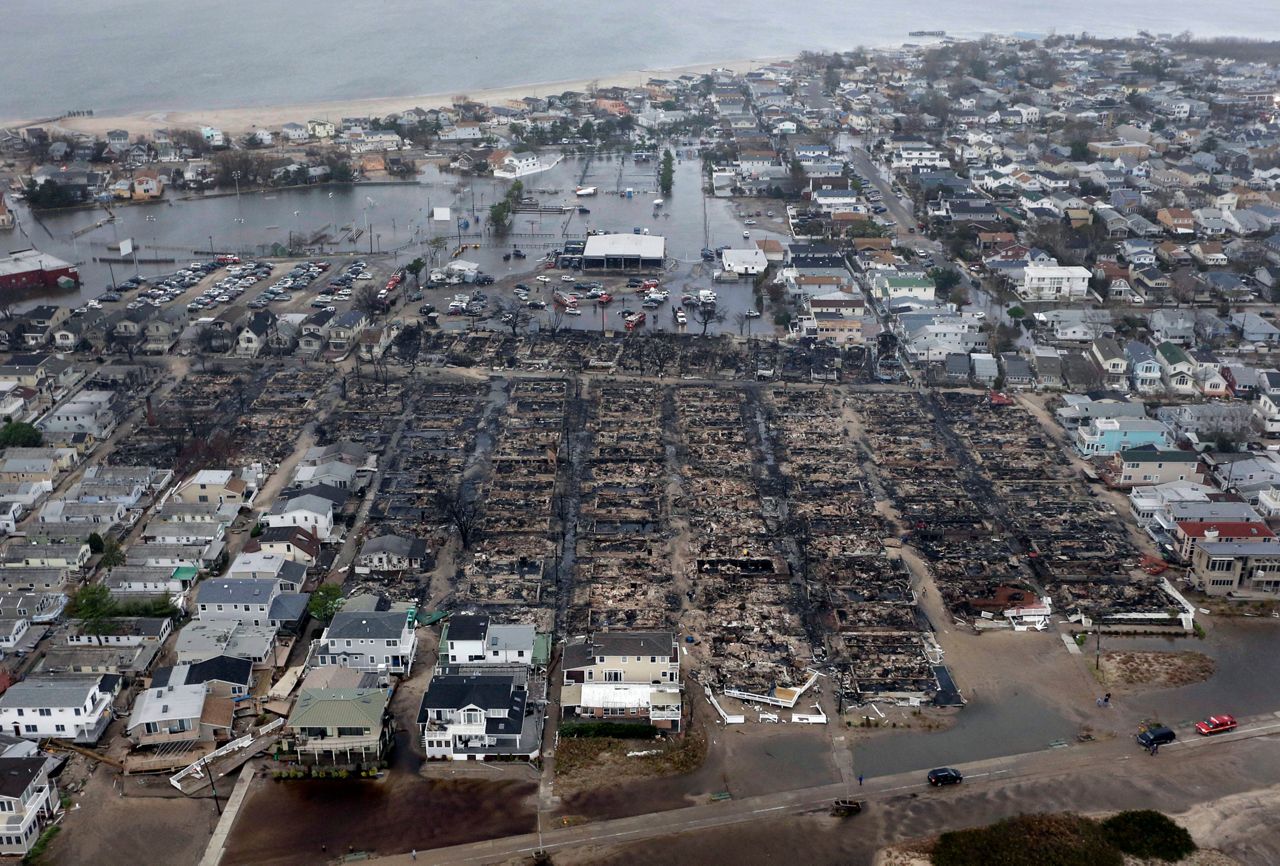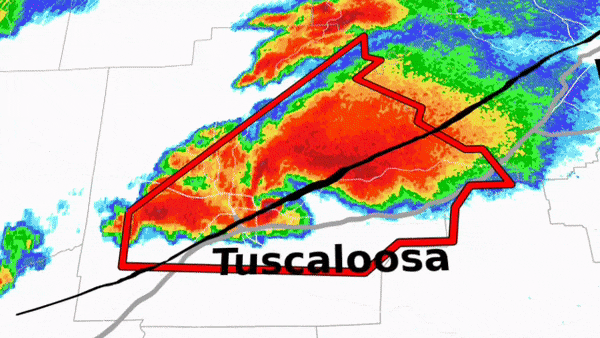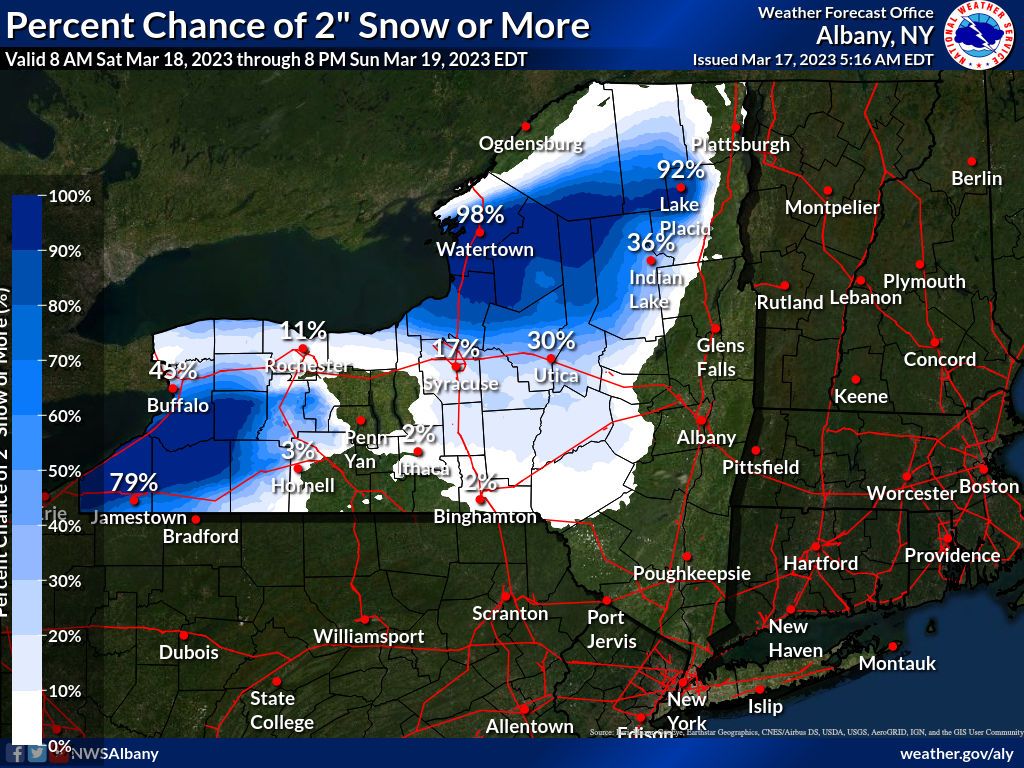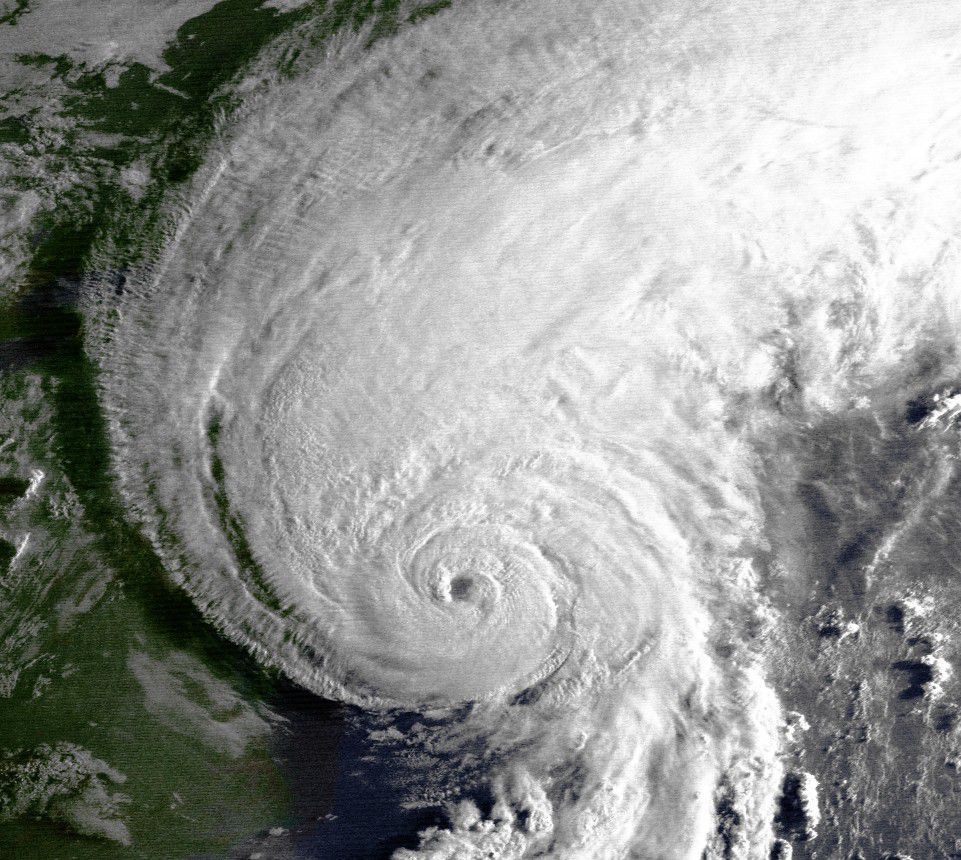Weather forecasts aren’t what they used to be. Sure, they’re more accurate now, but what good is a perfect forecast if nobody understands it or knows what to do with it? That’s where social sciences–and people like Rebecca Morss and Gina Eosco–come in.
Eosco remembers trying to warn her parents, who were band camp coordinators, about Hurricane Bob in 1991. It bore down on New England at the same time as 100-plus students and parents headed to camp.
“It was really important for my parents to care for those students and to make sure that camp was a big success. Which is why, at the time, they were not focusing on the weather. Maybe looking back on it, maybe they should have focused a little bit more,” says Eosco.
Satellite image of Hurricane Bob the morning of Aug. 19, 1991, before making landfall in New England. (NOAA)
Nudging people’s focus to impactful weather is why she works with many groups: researchers, the National Weather Service (NWS), broadcast meteorologists, emergency managers and the public. She helps make sure people have a voice so that feedback can improve NWS services.
Likewise, one of Morss’ roles is to study “what different people do, have done, could do in response to weather forecast information, especially hazardous weather.” From there, she and her colleagues look for ways to improve communication so people can make better decisions, whether it’s a snowy nor’easter or a deluge from a hurricane.

Damage from Superstorm Sandy in New York City in 2012. (AP Photo)
Drawing on social science experts hasn’t always happened. When Morss went to graduate school, she wanted to bridge weather and society, “but there weren’t really people doing that back then. And so I didn’t know how to do it. My adviser didn’t know how to do it,” she says. That has changed in the past 10 to 15 years.
People who live near hurricane-prone coasts perhaps know about Storm Surge Watches and Warnings–those officially began in 2017 and came to be because of social science research.
Morss has had a hand in other tropics-related research, ranging from computer predictions of storm surge scenarios, to how Florida residents get and use hurricane forecasts, to how people’s past hurricane experiences affect their evacuation decisions.
Severe Thunderstorm and Tornado Warnings will also change in the coming years. Today, you’re either in a warning or you’re not, and the hazards are marked as being the same throughout the entire warning box.
Eosco is a big part of NOAA’s “FACETs” program, which is working toward changing that, because weather decisions aren’t one-size-fits-all.
Yes, the warnings we’re familiar with will still exist. But those warnings will have more details about the chances of a tornado, damaging wind or hail in a given area. People with different thresholds to make a decision–like doing nothing for a high chance of quarter-sized hail but something for a low chance of baseball-sized hail–will have better information. And all this will update as the storm moves, so everyone in front of the storm will have similar time to get ready.

Example of a Tornado Warning using the “FACETs” idea. (NOAA)
The shift to probabilities is already happening in other places, such as snowfall forecasts. But it doesn’t have to end there. “If you have a wedding this Saturday, and you live in a community where it could be 70, what’s the chance it will be 70 degrees? I might want a range, because there’s a range of 55 to 70. 55 could be a little cold for an outside wedding, but 70 could be lovely.”

A probability-based snowfall forecast in New York State in mid-March 2023. (National Weather Service)
Morss sums up the work this way: “It’s these sorts of quiet, behind-the-scenes improvements that you don’t see year-to-year. But then you look over time and you really see how much those forecasts have had improved and how much it has benefited our lives.”
Our team of meteorologists dives deep into the science of weather and breaks down timely weather data and information. To view more weather and climate stories, check out our weather blogs section.

